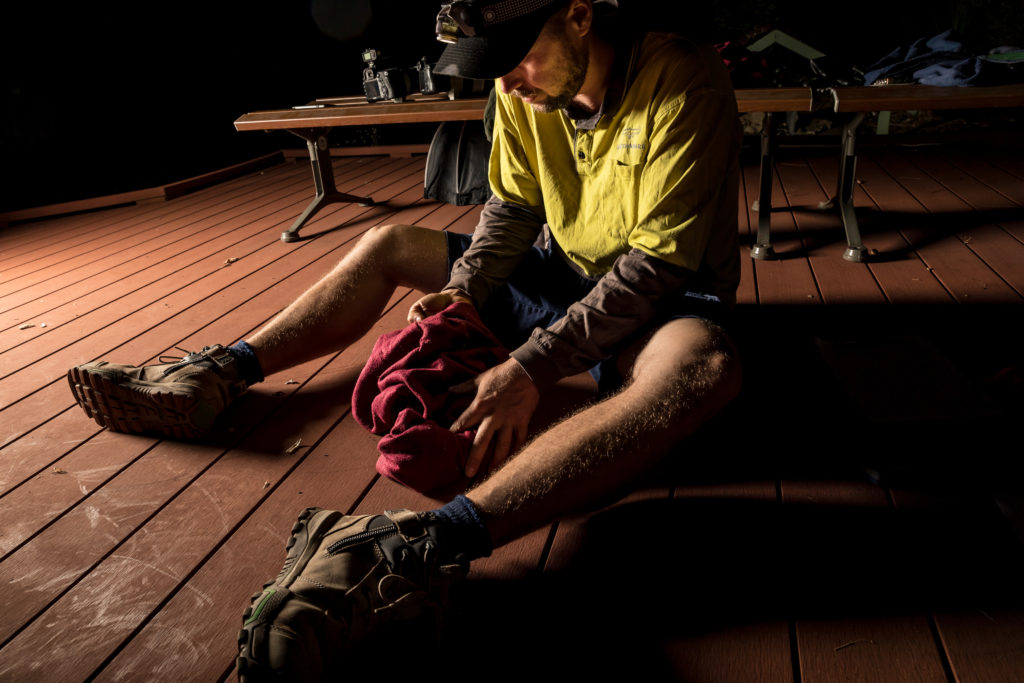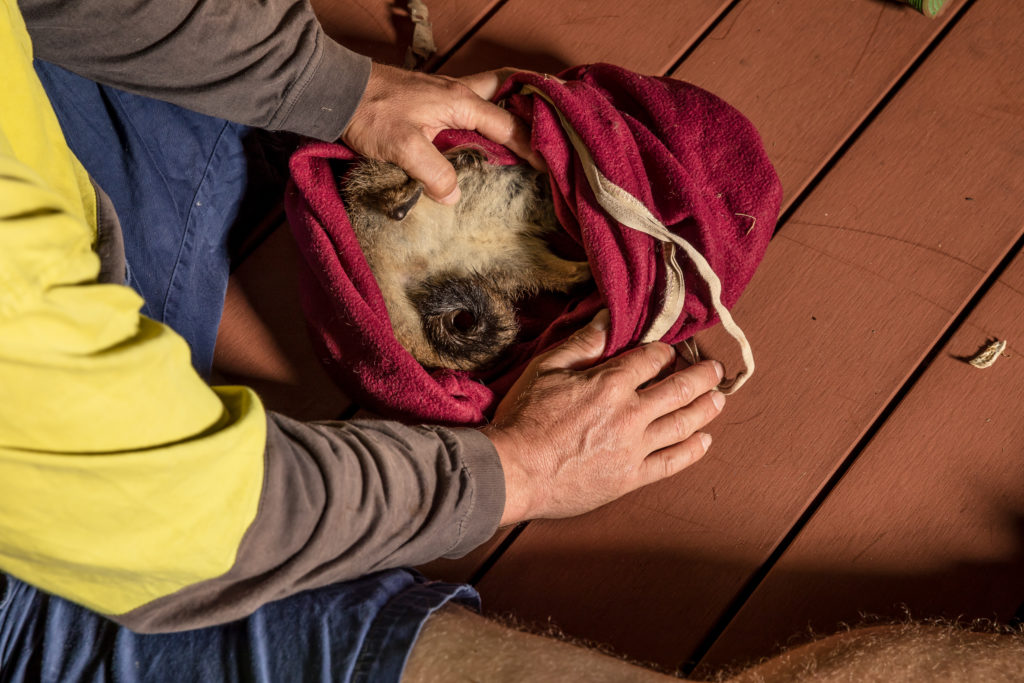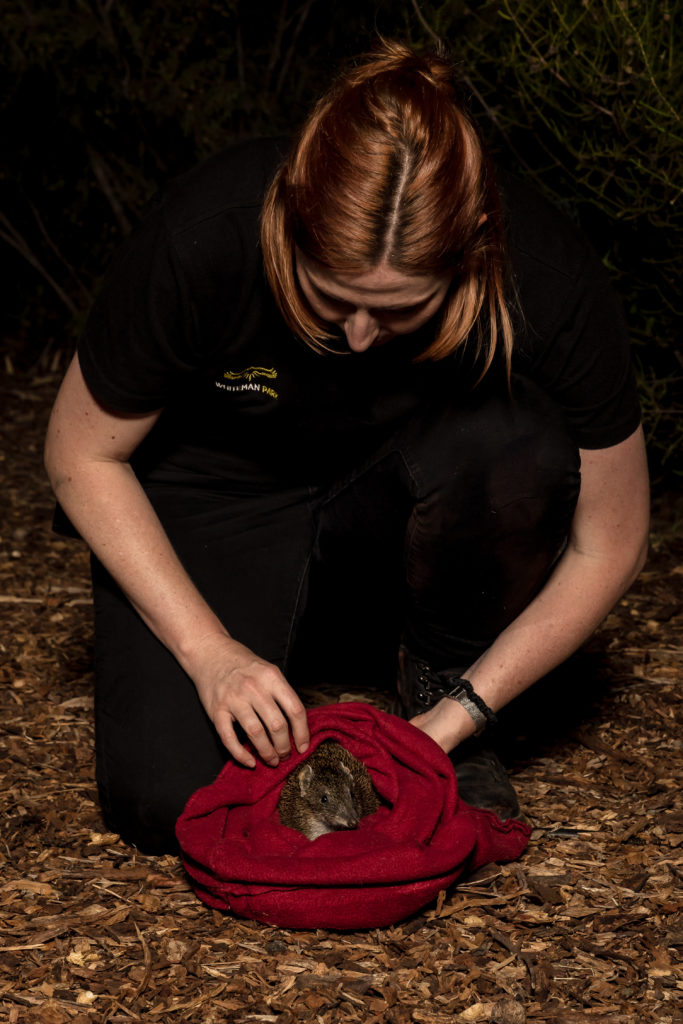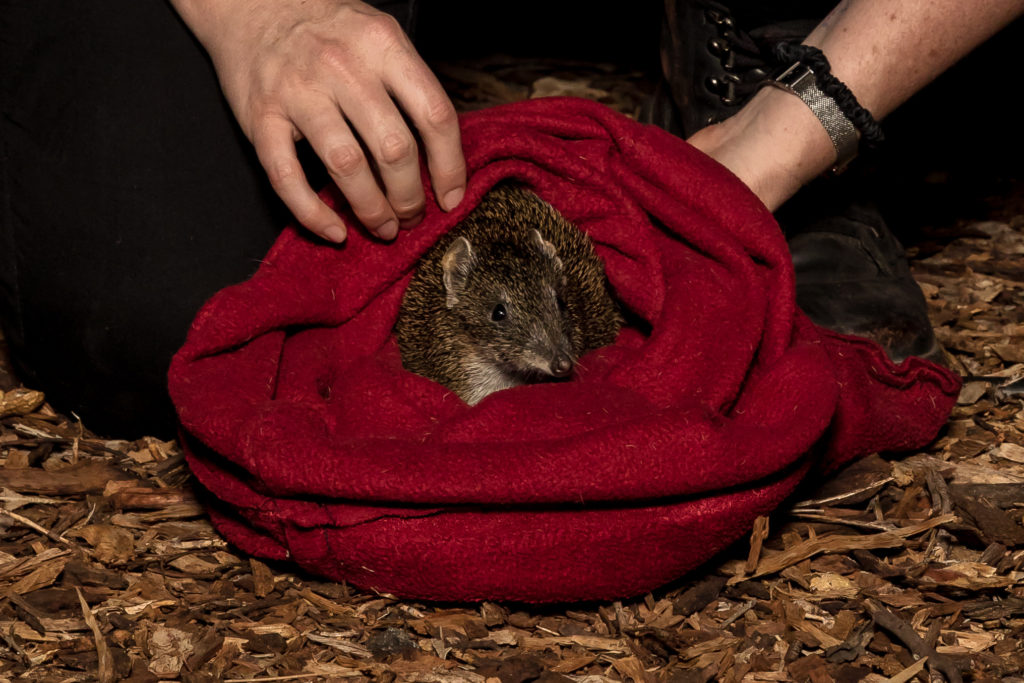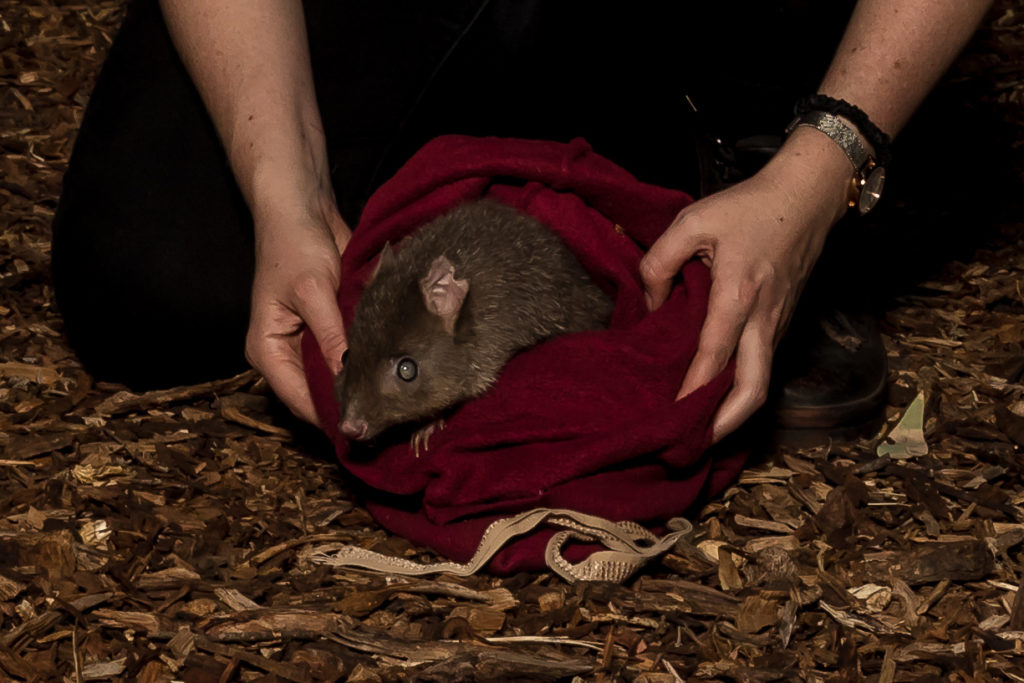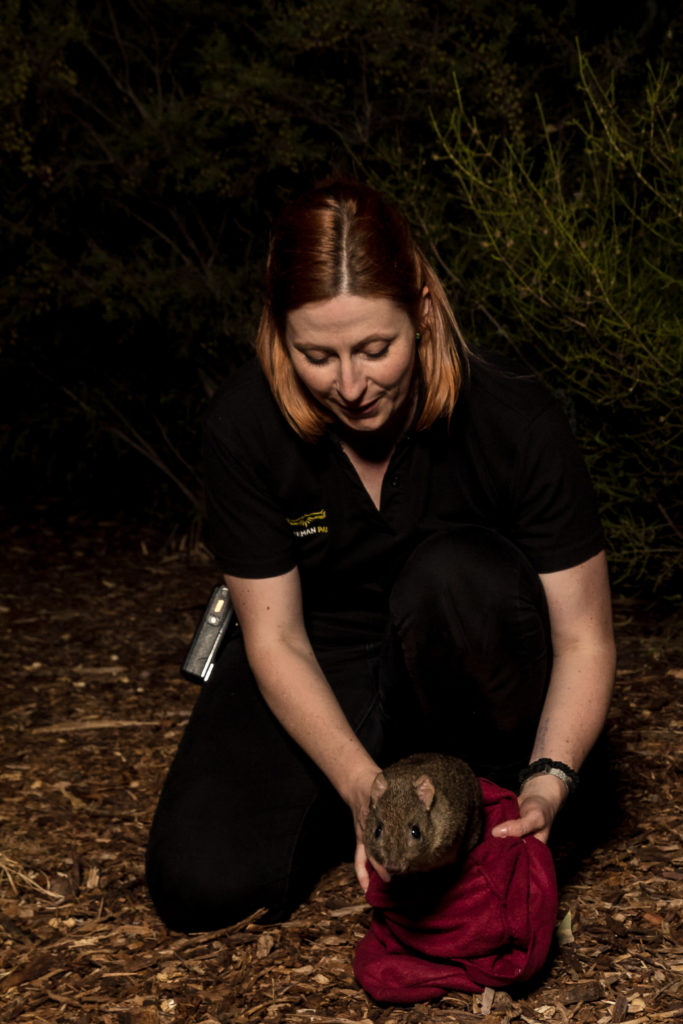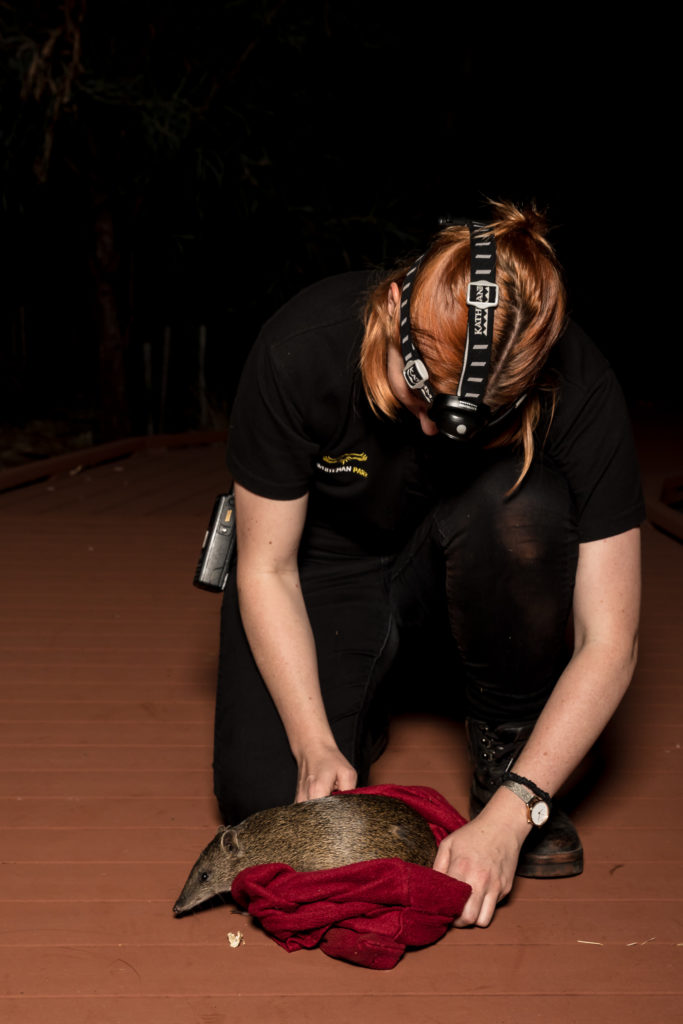Woylies in Whiteman Park.
Australian Native Animals
The focus on Australian wildlife in the last few months has been worldwide thanks to the devastation of the Australian bush fires. I recently wrote about my daughter and I volunteering to make joey pouches for injured wildlife. We are very fortunate in Western Australia that we haven’t been impacted by the fires any where close to the way that the eastern states has, even so, native animals are close to our hearts here in WA.
Whiteman Park
Whiteman Park has a large conservation program and late last month Kelly from 7 to 1 Photography invited me to attend a shoot at the Woodland Reserve. Woodland Reserve is Whiteman Park’s premier conservation program, providing world class breeding facilities for rare and endangered fauna of the state, including the critically endangered Woylie. She didn’t need to ask twice!
We were shooting the health check, capture and release evening. Woylies are critically endangered. It is estimated that there are now fewer than 15,000 Woylies alive in Australia. Just 15 years ago there were 200,000 estimated to be in Australia over two species and now there are just over 1/16 of that but only one species. It was actually really powerful to think that we were photographing an animal that may be declared extinct in our lifetime. I wonder if the people who photographed the dinosaurs had that same powerful thought?! (Just to clarify – That was a joke!).
Luckily the amazing people at Whiteman Park are doing everything within their power to make sure that that doesn’t happen. There is quite a large colony of Woylies living in Woodland Reserve, I believe they trapped around 40 which doesn’t sound like much but when you think there are only 15,000 still alive, 40 to be running around your feet is pretty amazing!
Before we started we did have a quick wander around Whiteman Park and met this Mumma Roo.
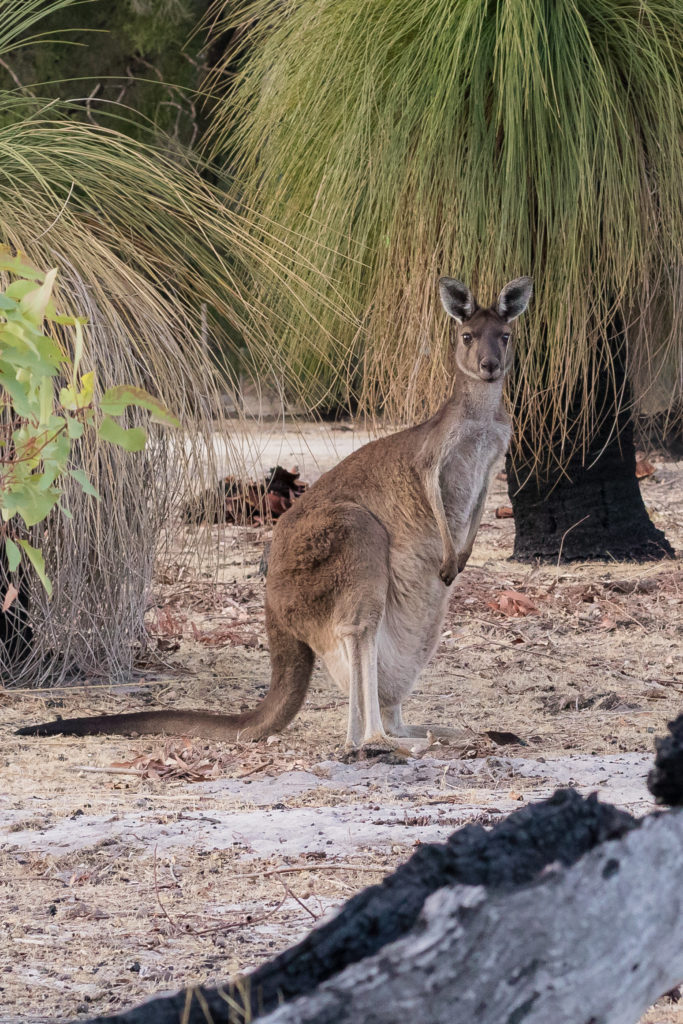
I also captured this photo of the trees regenerating after fire. I find nature so inspiring. What looks like total devastation. Nothing but black, including burned and charred sand. Then within such a short amount of time there is tiny signs of life. The green leaves start to poke their heads though and before you know it the black has been overtaken by the regrowth. Strong and healthy!
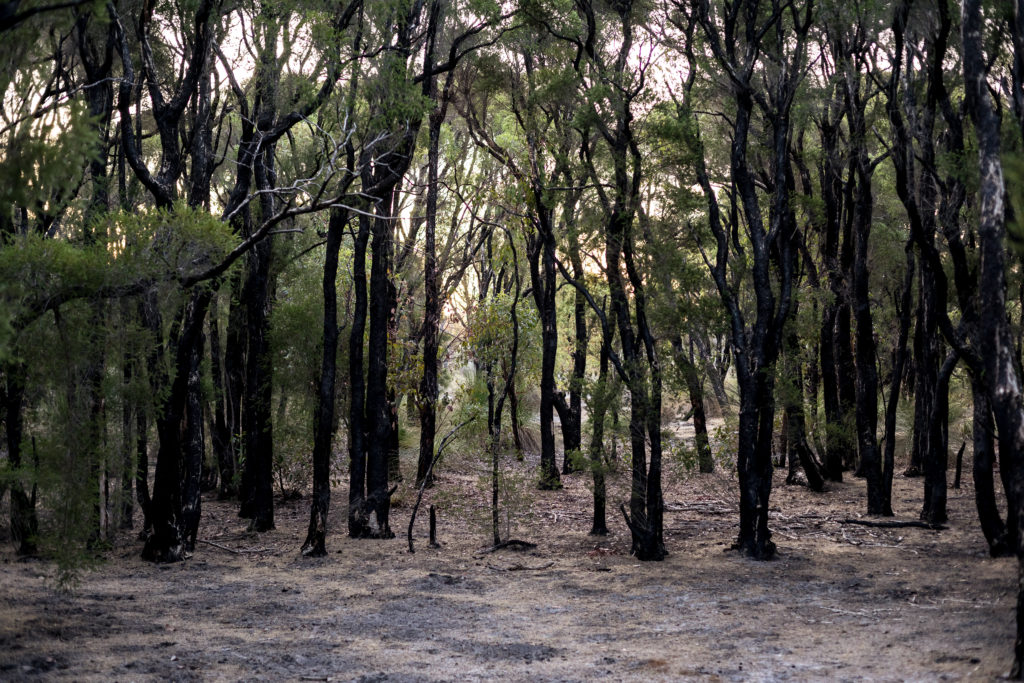
Woylie Health Checks
Back to the point! Then it was time for the traps to be set with a special treat for the Woylies to entice them in. Apparently the Quenda who live in the reserve with the Woylies also like the treats and so some traps housed Quenda as well.
The staff and volunteers then carefully examined the Woylies, checking for a microchip, checking their overall health (including a rating of 1-5 of their chubbiness. Thanks to the lack of predators and the healthy supply of food in the reserve every Woylie I saw examined was a nice healthy 4 with a good layer of chub covering their bones!), they were weighed, their gender was checked, the females pouches were checked. Although, as with many marsupials, they don’t make the best mothers. The first sign of danger they chuck the young out of the pouch and run. I mean with humans we talk about putting on your oxygen mask first but that is taking it to a whole new level. So the trapping date was set for a time when it wasn’t expected that females would have pouch young.
All bar one of the Woylies was in really good condition. One really old male Woylie, I think his name was Walter, had a bit of an infection on his face and so he was taken into care for a few days for a little bit of treatment to help clear that up.
Some things I learned
It was absolutely fabulous to be invited out to witness the event. I learned a few things as well. I didn’t know that Woylies had curly tails. Many marsupials use their tail for balance but the Woylie have a prehensile tail meaning they can use it to pick things up and carry them. Very useful for making a nest!
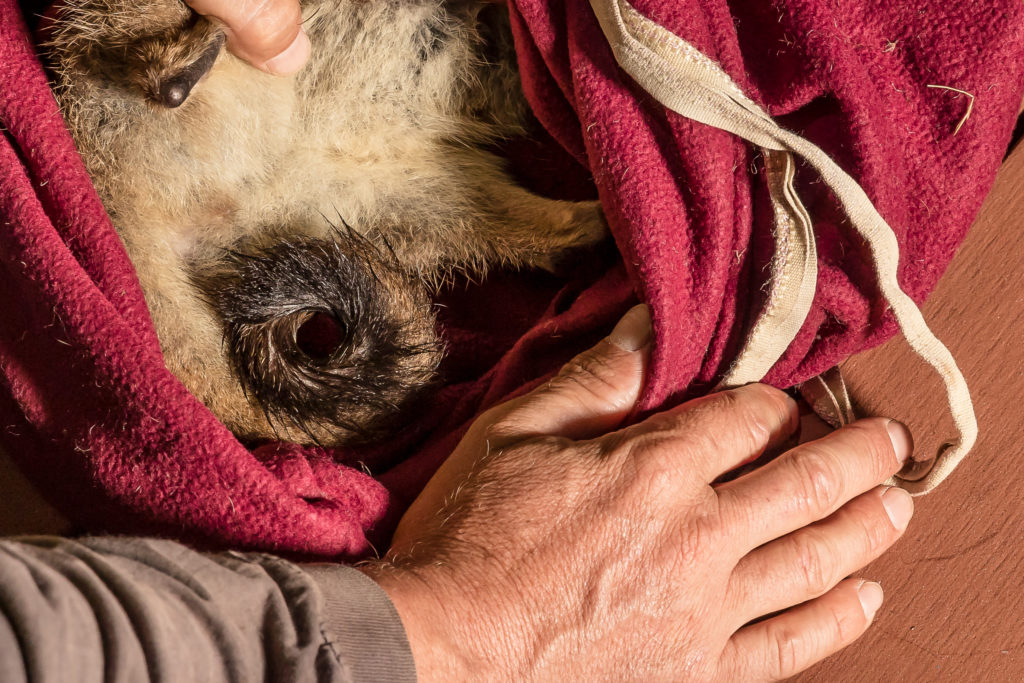
As Woylies get older they get hairy feet. The longer and hairier their feet, the older they are. Woylies and Quenda look similar to someone as uneducated in these things as I am but the Woylies have a softer, fluffy coat and the Quenda are more of a rough coat and they have a different shaped snout as well.
Quendas just chill
The Quenda are also much more relaxed, slow and sedate. When the Woylies were released they literally lept out of the bags. When the Quenda were released they often looked at us, snuggled down and curled up in the bag for a little rest or slowly plodded away.
The last photo I took of the evening was this little Quenda walking towards me as s/he was released. Honestly not phased at all by me or any of the equipment. Just walked directly towards me and gave me a look that said ‘excuse me lady, I’m walking here. MOVE!’
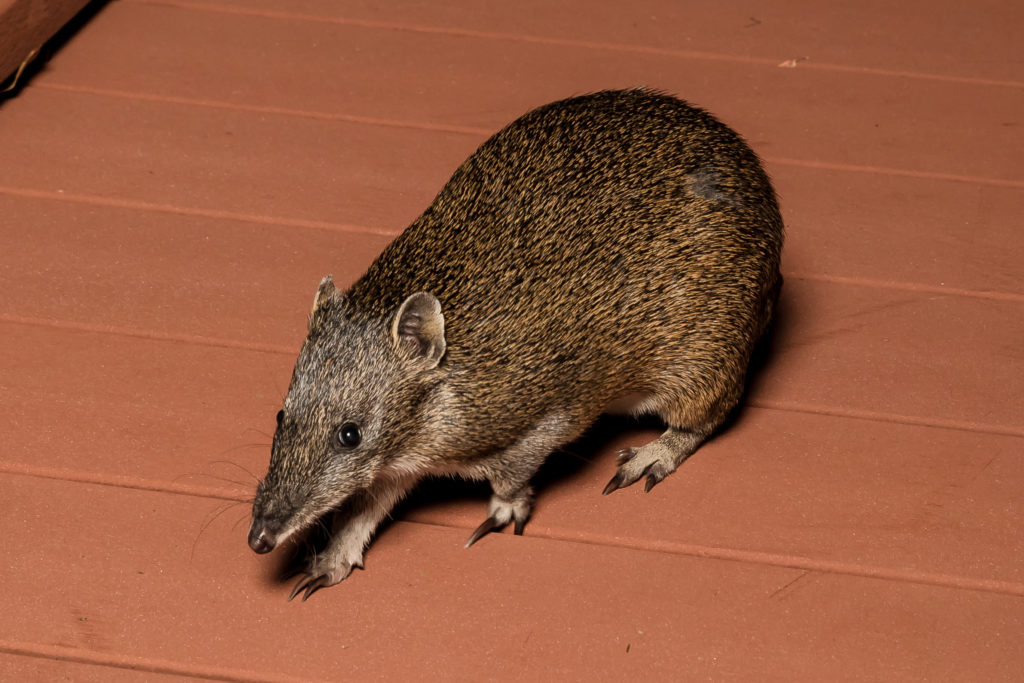
What an amazing program that Whiteman park have and what an amazing experience it was for me to be able to be part of photographing the night!
If you want a chance to see the Woylies up close and personal then Whiteman Park run guided Woylie Walks.


